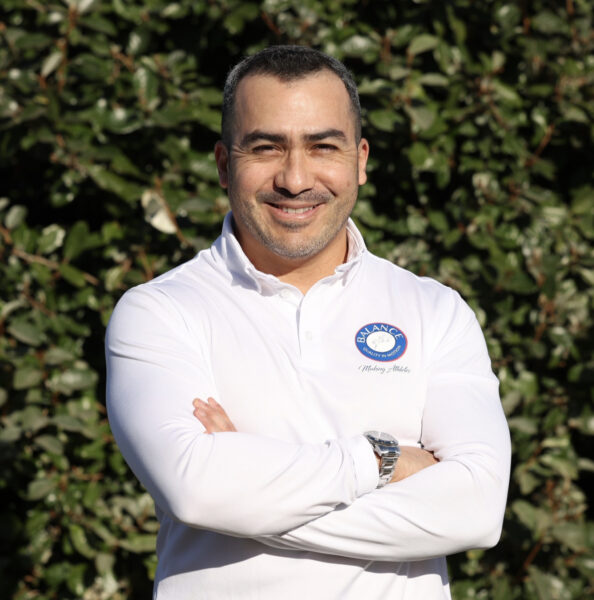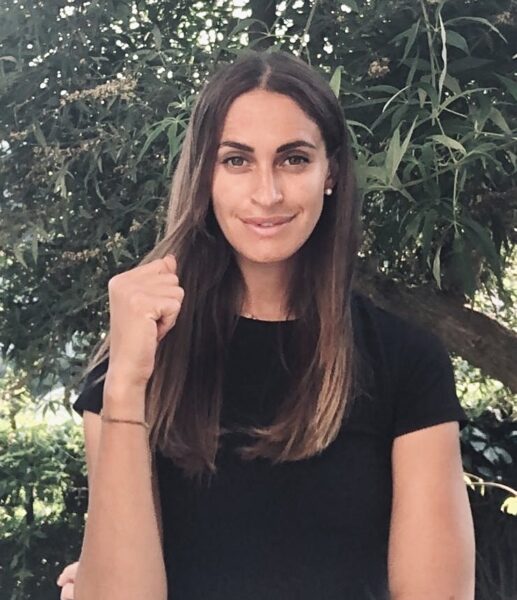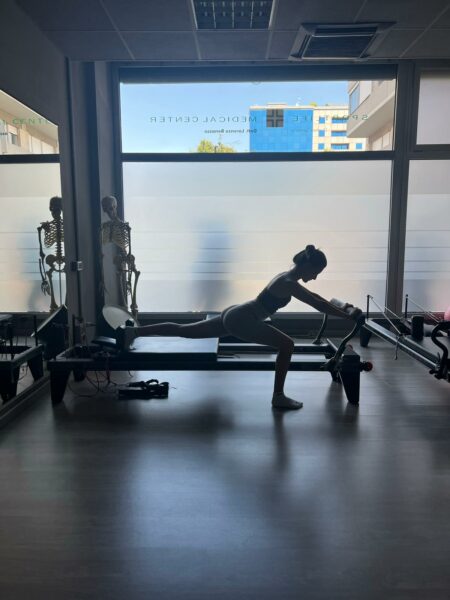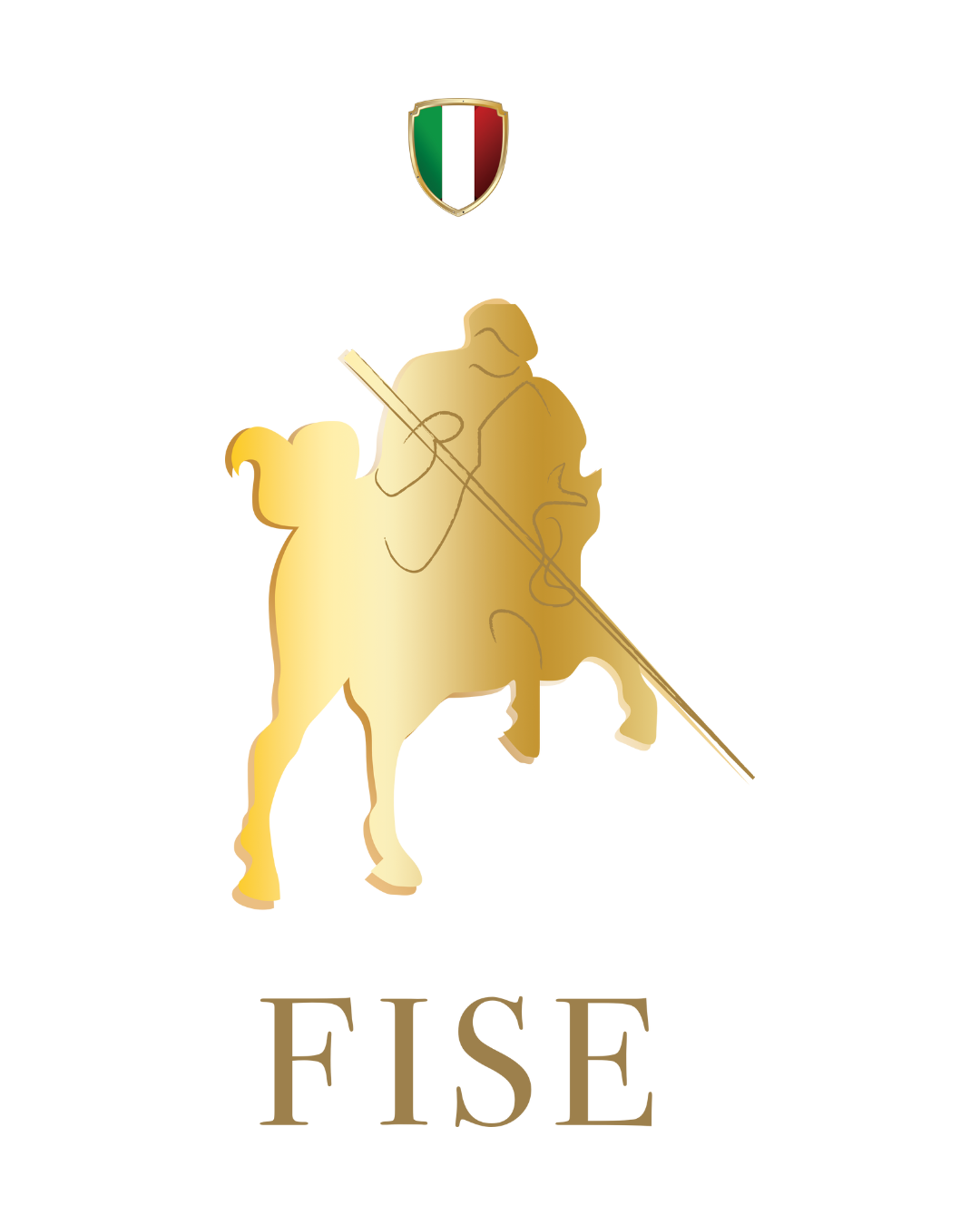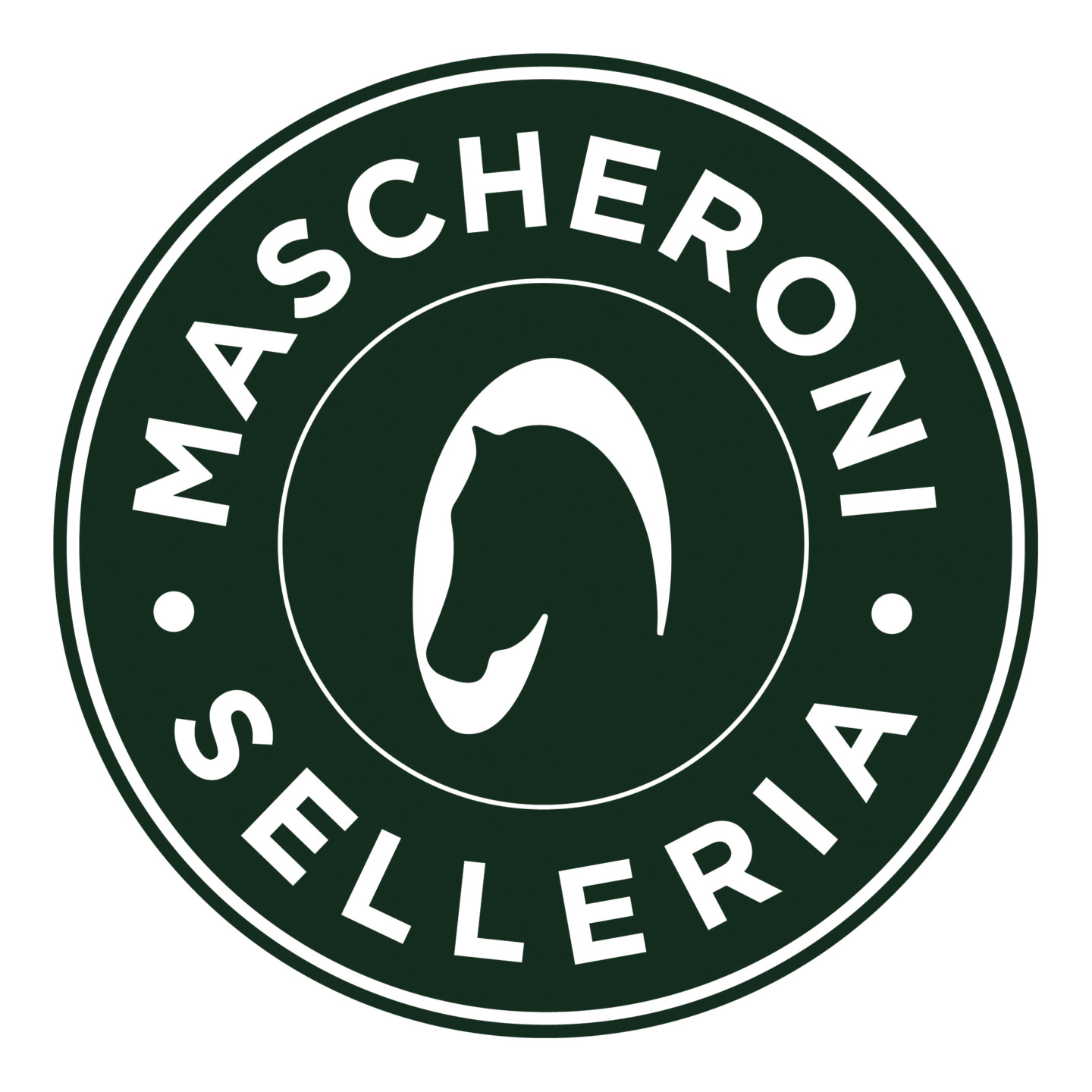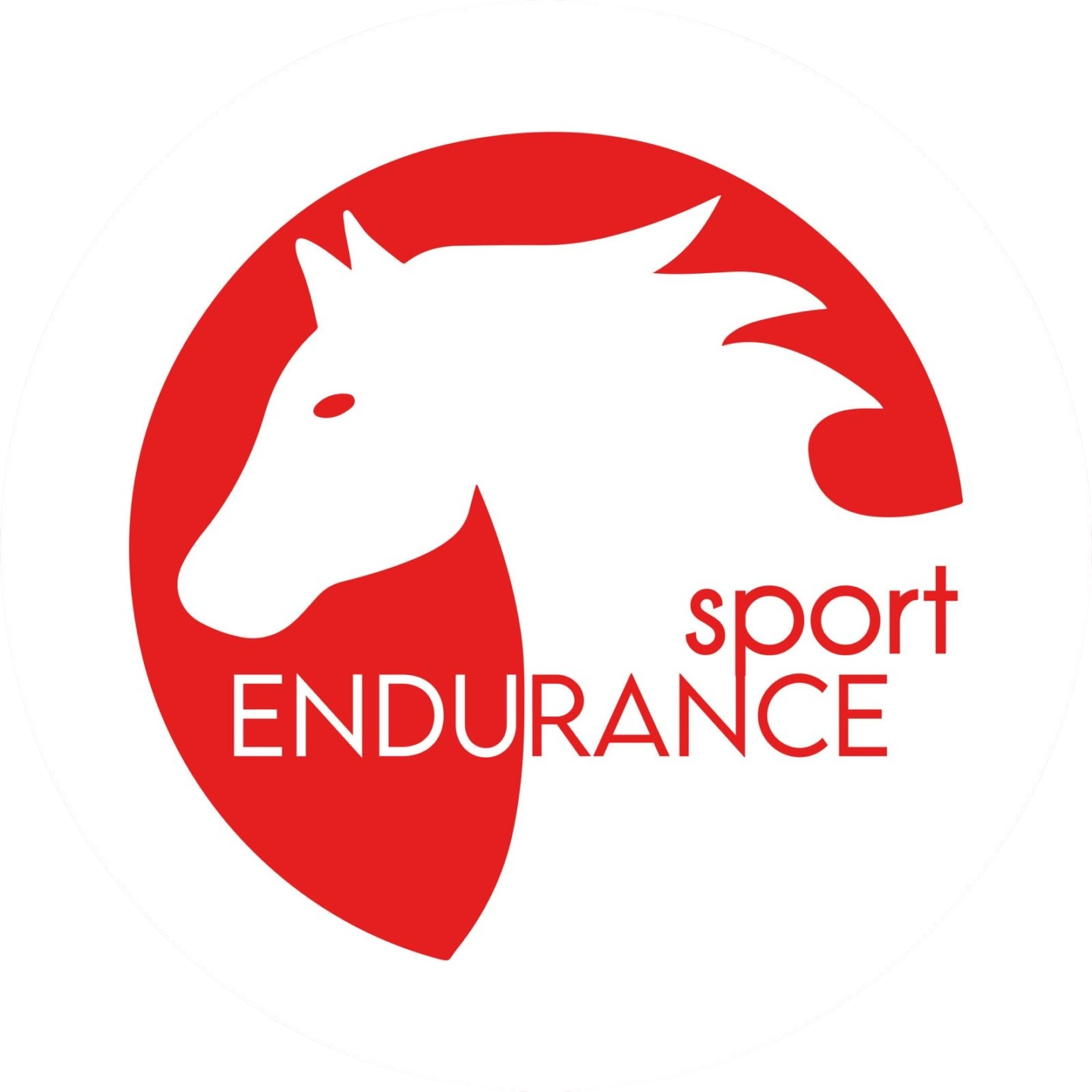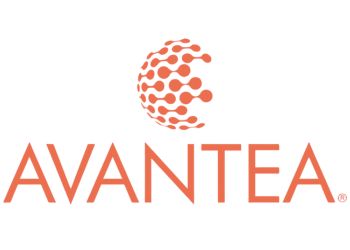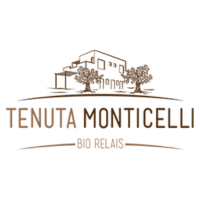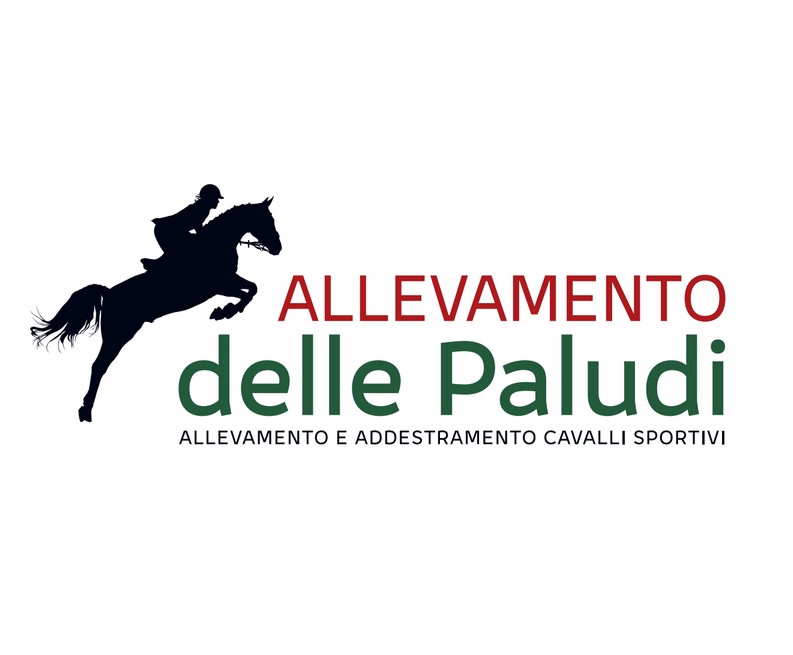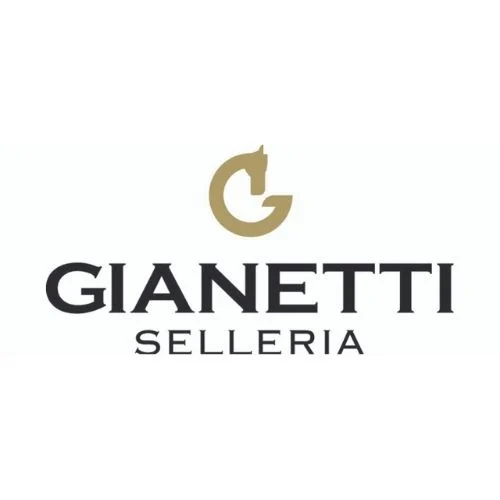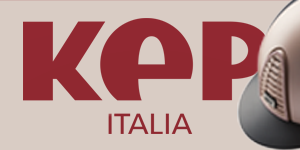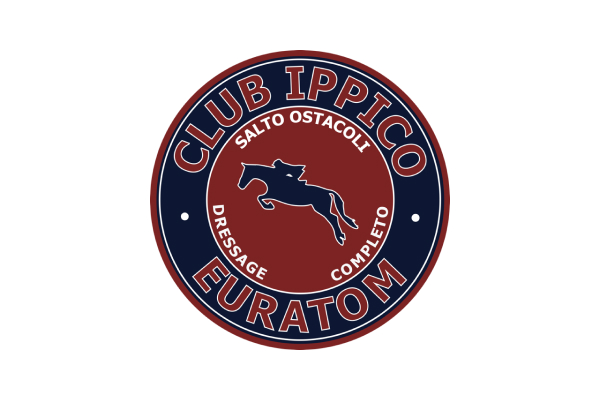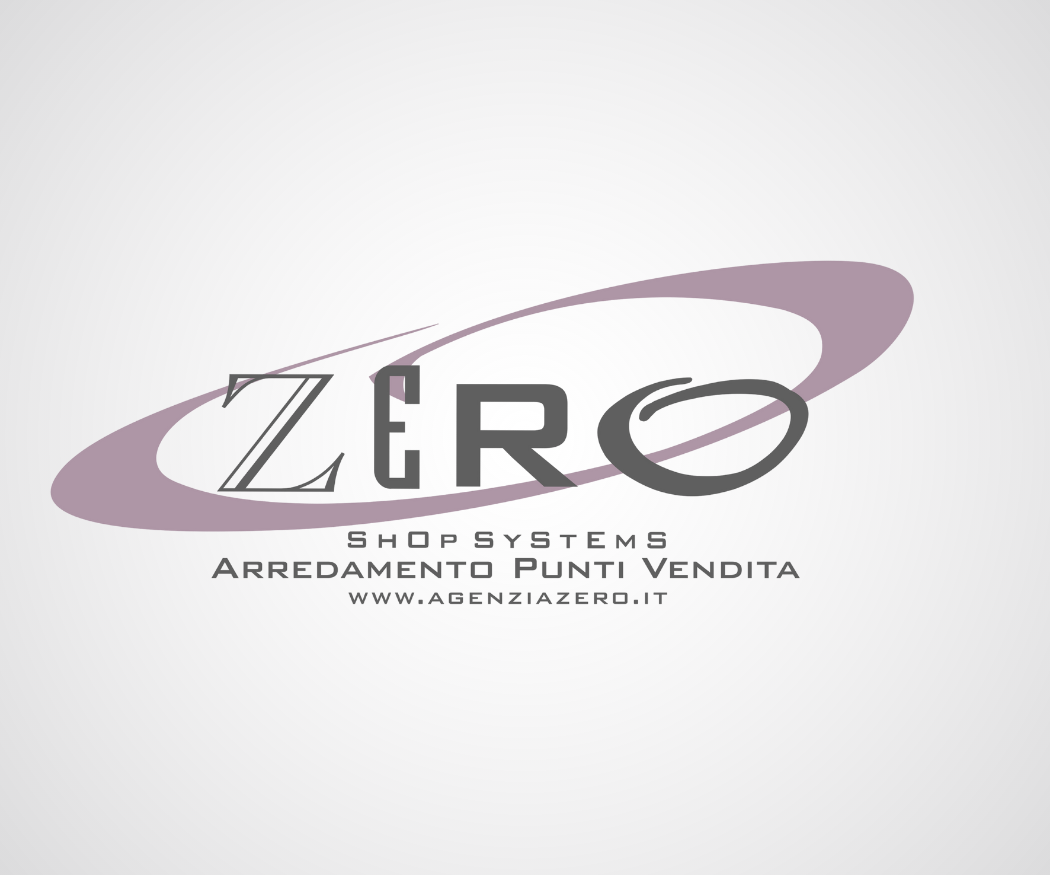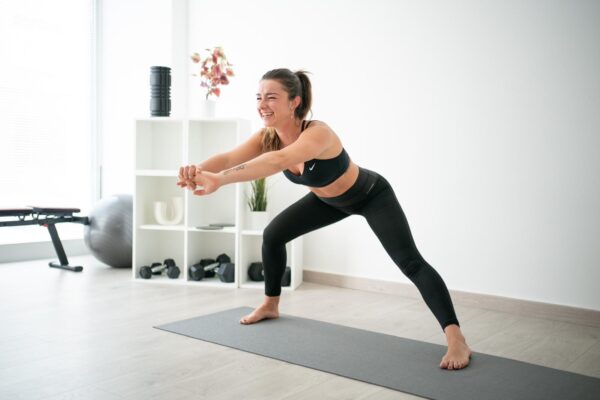
Interview with Nina from Athlete EQ: “The Rider’s Body Is the Most Underrated Part of Performance”

When people talk about elite equestrian sport, the focus is almost always on the horse—its training, care, breeding, soundness. But according to Nina, founder of Athlete EQ, that’s missing a huge part of the picture. With decades of experience both in the saddle and on the ground coaching some of the sport’s top riders, Nina’s mission is clear: the rider’s body needs just as much attention as the horse’s.
“People don’t realize how much they influence the horse physically,” she says. “The rider’s condition is one of the biggest marginal gains. It’s the one thing we actually have full control over.”
A Life in the Saddle—and the Gym
Nina’s story starts like many top horse people: in the saddle before she could fully form a sentence. “I’ve been in the sport since I was five,” she says. “Before I started coaching riders, I was a rider myself, and I’ve been educating horses competing up to 1.55 classes. I’ve trained a lot of horses and a lot of riders.”
Her work isn’t limited to one discipline either. “I’ve worked with riders across show jumping, dressage, eventing… even polo players and jockeys. And I also work with performance horses as a nutritionist, so I see both sides.”
Her formal education matches her hands-on experience. She holds a Master of International Business from Sydney University, a business degree from Lund University in Sweden, and her fitness coach training was done in Australia back in 2005. That blend of sport, science, and business led her to found Athlete EQ.
“I run two apps,” Nina explains. “One is general rider fitness that anyone can download and follow. The other is more exclusive. That’s where I do tailored training. I analyze their riding and design their fitness program around that.”
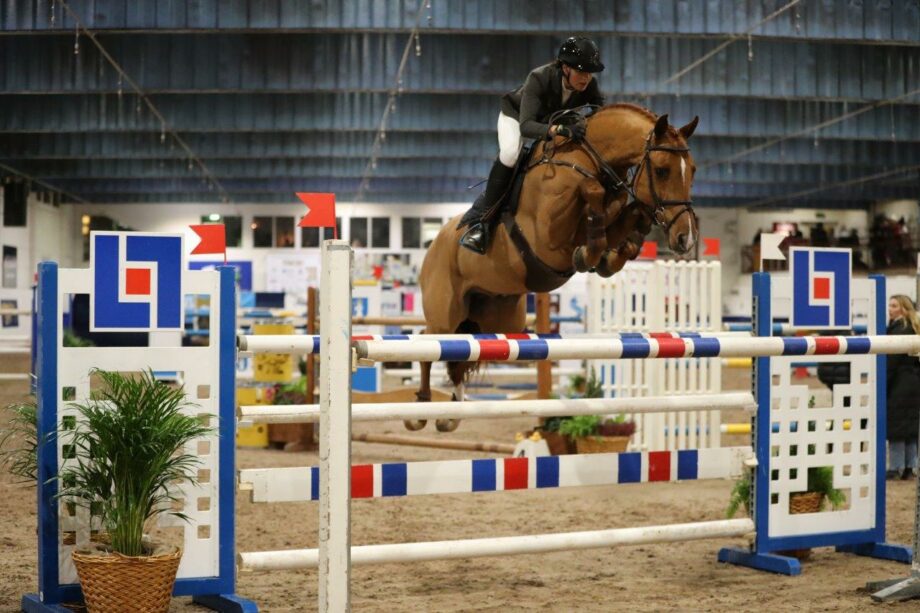
“Your Horse Feels Everything”
Ask Nina how important rider fitness is and she doesn’t hesitate.
“It’s massive,” she says. “Of course your saddle, the footing, the vet, the farrier—those are all crucial. But your own body, your own fitness, is one of the five most important parts. And it’s the one we can influence the most.”
Nina breaks it down to simple logic: your body is the tool you use to communicate with your horse. If that tool is out of balance, tight, weak, or uncoordinated, the message is unclear.
“You can have the best horse in the world, but if you’re unbalanced or tense, the horse has no idea what you want. They feel everything. And when we improve as riders physically, the horse responds immediately. I see it daily.”
Why Rider Training Is Different from Regular Fitness
Rider-specific training isn’t just about hitting the gym. In fact, many typical fitness routines can be too one-dimensional.
“It’s not about how fast you can run,” she explains. “You need to be mobile, reactive, stable, and connected. You need to control your body diagonally—left hip to right shoulder, right leg to left rein. It’s a really unique kind of control.”
She builds her training programs around five core pillars:
- Mobility
- Strength
- Reactivity
- Balance
- Body Control
“You have to be able to move quickly and be reactive, but at the same time stay completely still on a moving horse. That’s the complexity of our sport.”
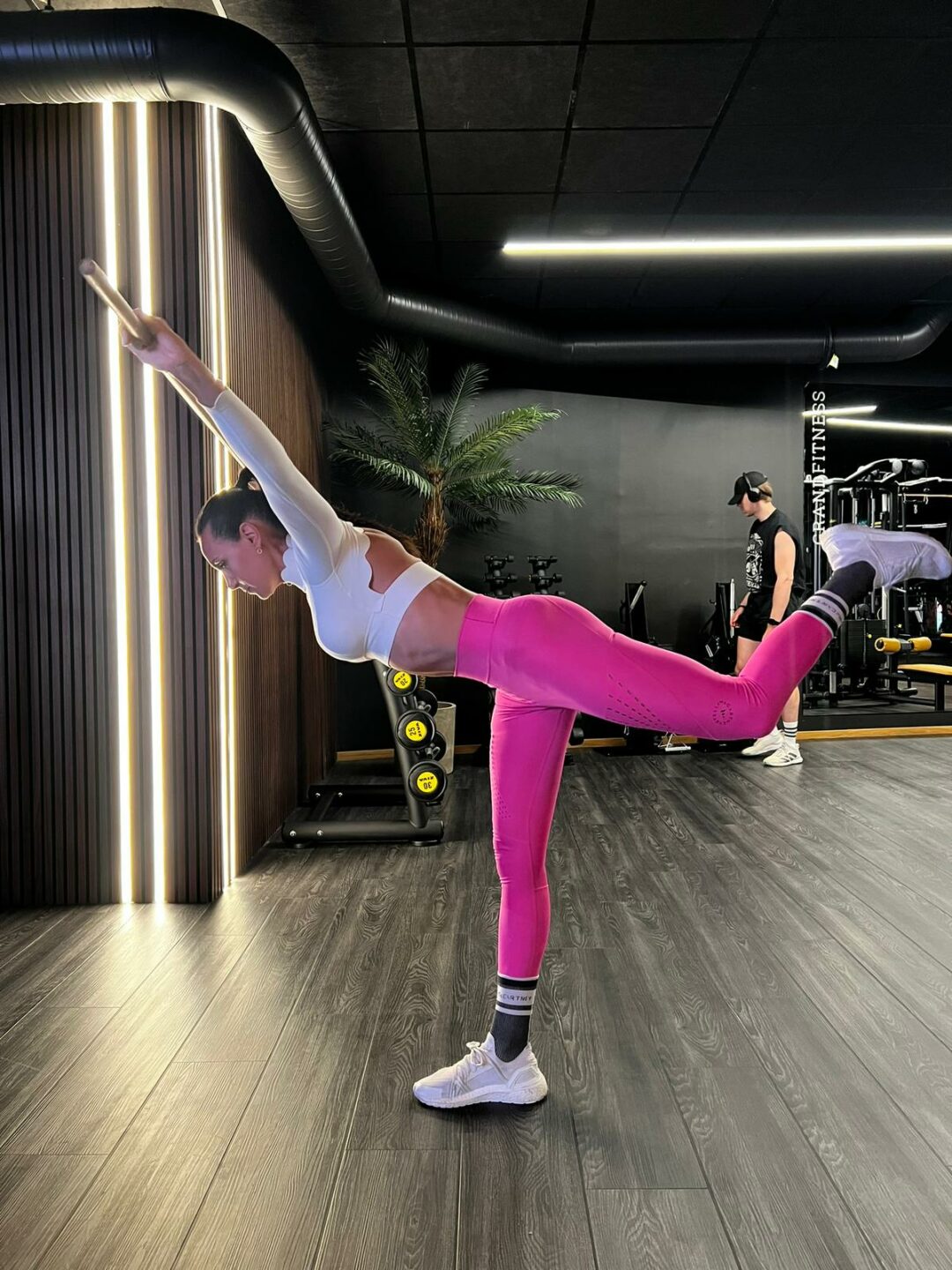
The Most Common Weakness: The Hips
When asked about common physical issues among riders, Nina is clear.
“Tight, unbalanced hips and hamstrings. That’s a huge one. Riders often don’t realize how much they overuse one side. And when one hip is tighter or weaker, it pulls the lower back, throws off your seat, and the horse feels that straight away.”
“A lot of people skip mobility. They think they’re strong enough, but then they can’t use their inside leg properly. Trainers keep yelling at them to connect inside leg to outside rein, but if the rider’s hips aren’t mobile, it’s never going to happen.”
How Riders Affect Horse Behavior
Nina has seen countless examples of physical changes in the rider directly impacting the horse’s behavior.
“I’ve seen horses rear, back off fences, run out—all because they were confused by what the rider was doing. Then we open one hip, strengthen one side, and the horse completely changes. It’s not magic. It’s clarity.”
“And fear plays a big part. Riders get scared, especially when the horse takes off. Then they grab on, pull, hold their breath… and the horse starts guessing. That creates even more problems.”
“But when you change the rider, the horse changes fast. They’re super responsive. They don’t hold grudges. The moment you give a clearer signal, they relax.”
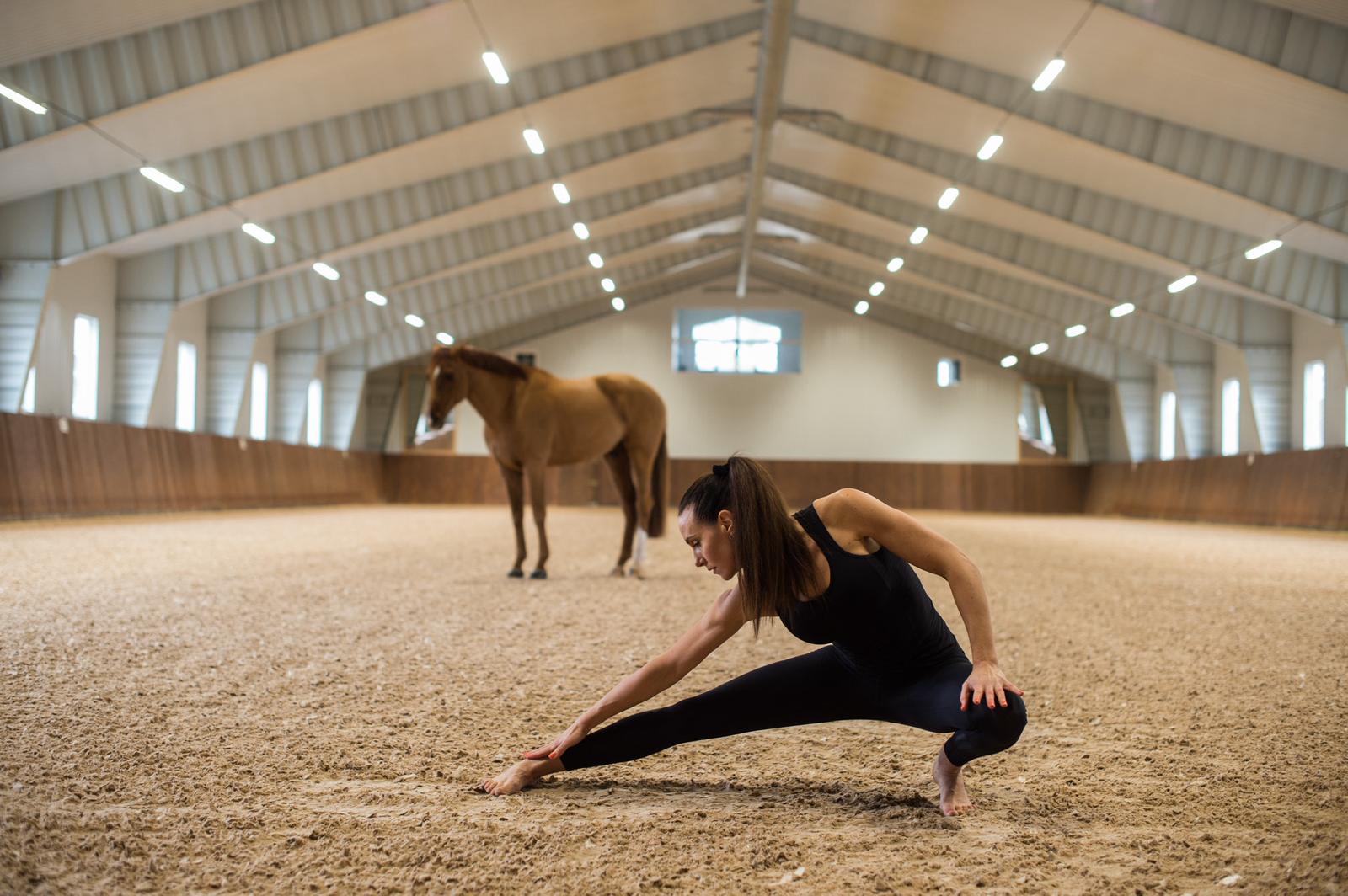
What About Yoga and Pilates?
“Yoga and Pilates are great for awareness, breathing, and balance,” Nina says. “If you love it, do it. It will never be bad for your riding.”
That said, she warns against thinking they’re the full solution.
“If you’re only doing yoga or Pilates and not training your reactivity, speed, and strength, you’re missing pieces. But you can definitely blend the two. There are ways to get yoga-type movements into your strength work.”
“And let’s be honest—if you hate yoga, don’t force yourself to do it. You won’t stick to it. We need to train in a way that works for you.”
Nina’s Go-To Exercises for Riders
When it comes to rider-specific exercises, Nina keeps things practical and effective. Here are a few she recommends to everyone from amateur riders to Olympians:
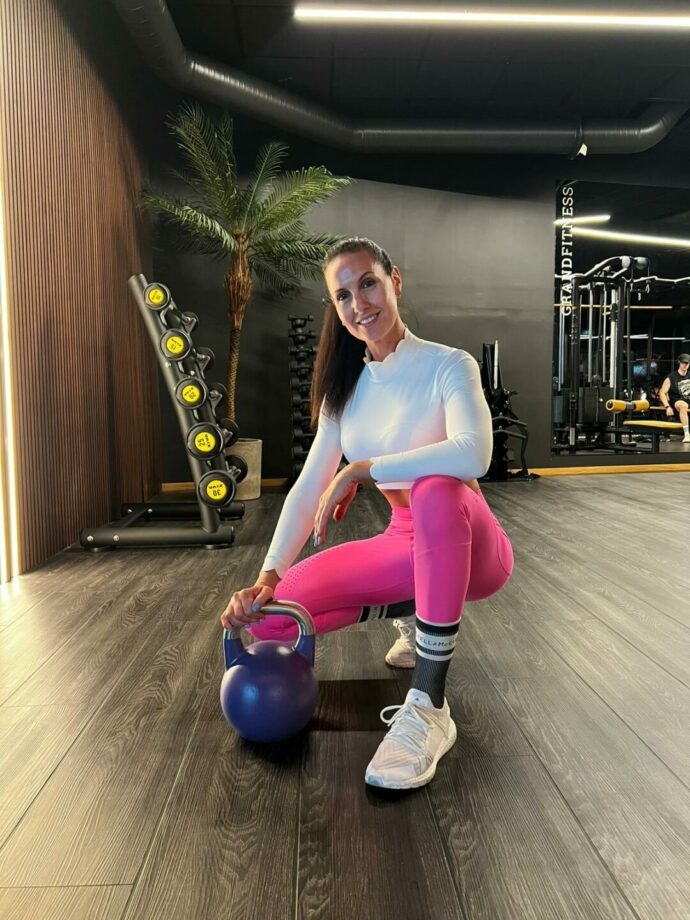
1. Bear Hold & Bear Crawls
“Anything in a bear position is gold. It hits core, shoulder stability, diagonal control—exactly what you need in the saddle.”
- How: Start on hands and toes, knees floating an inch off the ground. Hold or crawl slowly, keeping your back flat.
2. Deep Squat Hold
“You need to be able to sit deep, stay upright, and keep your heels down. This shows if your ankles, knees, hips, and spine are all mobile.”
- How: Drop into a deep squat, heels on the ground, spine straight. Hold and breathe.
3. Plank Shoulder Taps
“This one teaches your body to stay still while one part moves—super important for reining in one rein or leg while staying stable.”
- How: In a full plank, lift one hand to opposite shoulder slowly. Avoid twisting.
4. Hip CARs (Controlled Articular Rotations)
“We need hip independence. This exercise teaches control and mobility one side at a time.”
- How: On all fours, slowly draw a big circle with your knee while keeping the rest of the body steady.
5. Lunge with Twist
“This is great for rotational control and stretching while strengthening.”
- How: Step into a lunge, twist toward the front leg, and return.
6. Wall Angels
“Perfect for shoulder mobility and postural strength. So many riders collapse forward, and this really helps.”
- How: Stand with back flat against a wall, arms in a goalpost position. Slide arms up and down while staying in contact with the wall.
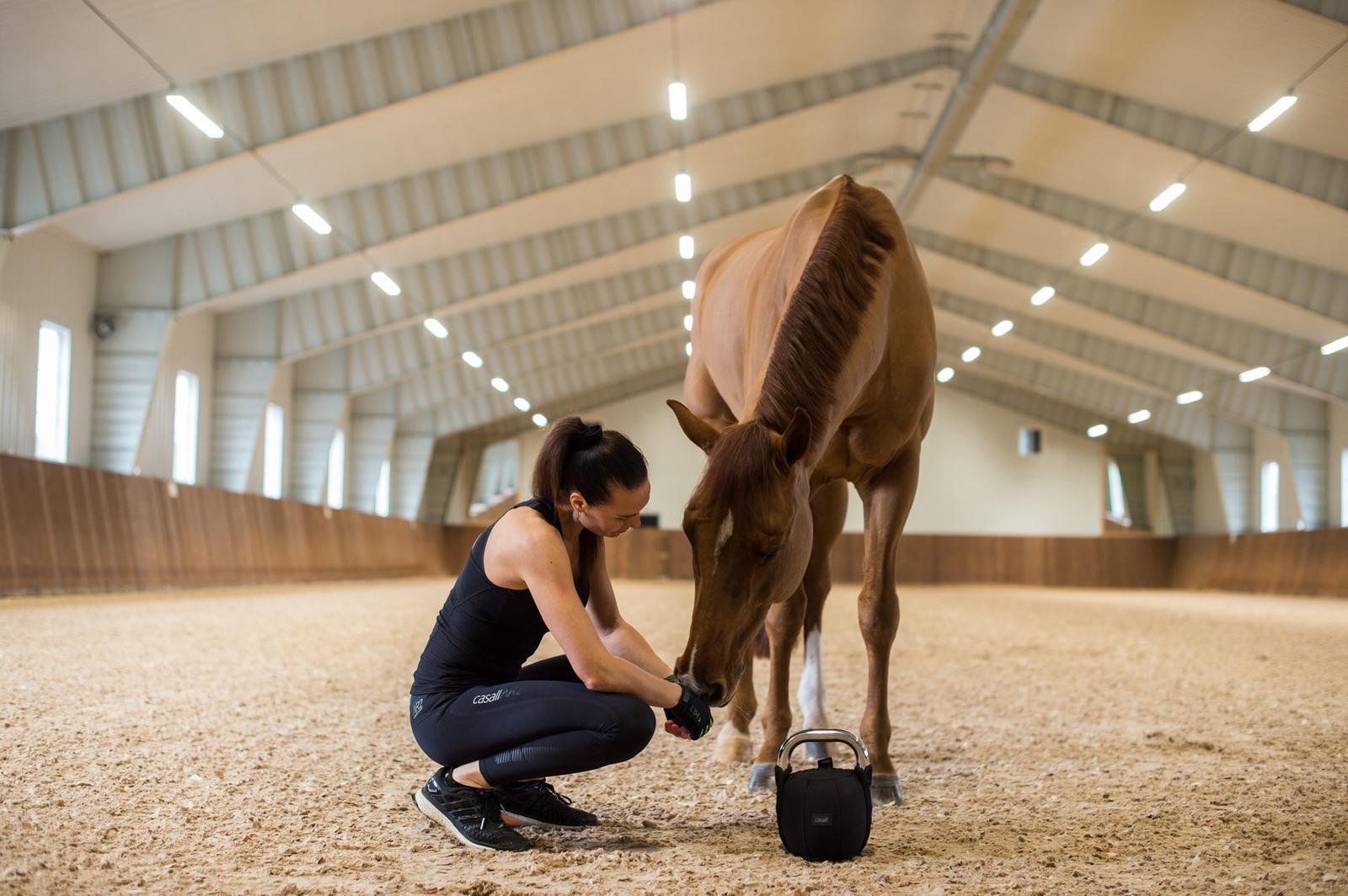
The Future of Equestrian Sport: Rider as Athlete
Looking ahead, Nina sees big shifts in the sport.
“More riders are cutting out alcohol, eating better, training smarter. They’re seeing themselves as athletes, which they absolutely are.”
“You can’t control your vet, your footing, your saddle, your horse’s breeding. But you can control your own body. And that’s where the biggest opportunity lies.”
She closes with a reminder that fits every level of the sport:
“If you want to improve your horse, start by improving yourself. That’s where it all begins.”
© Rights Reserved.





.png)
